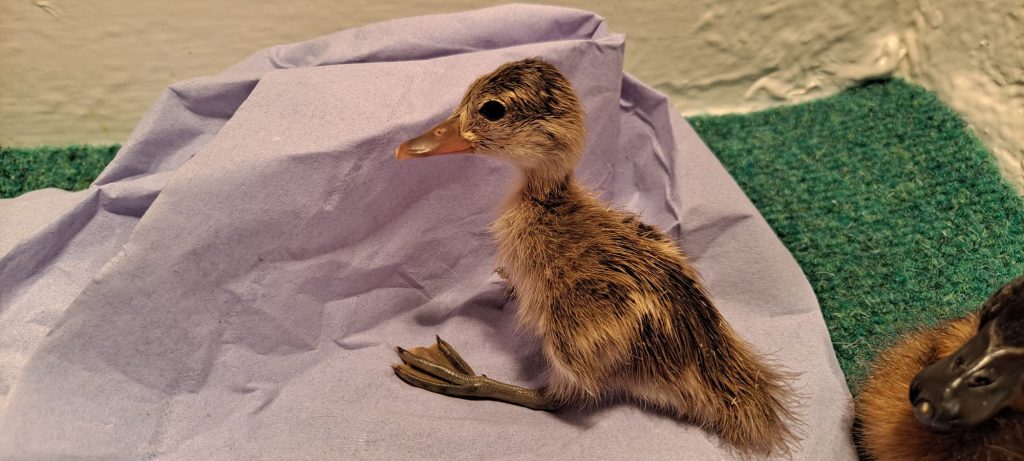Marbled Duck


Marmaronetta angustirostris

Historically, Marbled Ducks had a much greater range than they enjoy today, for their modern distribution is highly fragmented. Once abundant in the marismas of Andalucia, (500 were shot in a single day there in 1926, when flocks of thousands were still reported) the Spanish population is currently recovering from its low point at the end of the last century, helped by reintroduction projects using captive-bred birds. North Africa remains the western stronghold, while numbers in Eastern Europe (mainly Armenia and Azerbaijan) are critically low. Scattered populations can also be found from southern Russia to Iraq and north-west China.

The principal reasons for this duck’s decline range from excessive hunting to the loss of the temporary wetlands these nomadic ducks depend on. The world population is estimated at around 50,000 birds: they are listed as Vulnerable by IUCN, though have Critically Endangered status in Spain.


Marbled Ducks have long been kept in captivity: they are generally quiet birds that breed readily. They lay a clutch of 10-11 creamy eggs that take 25 days to hatch.
Share this page